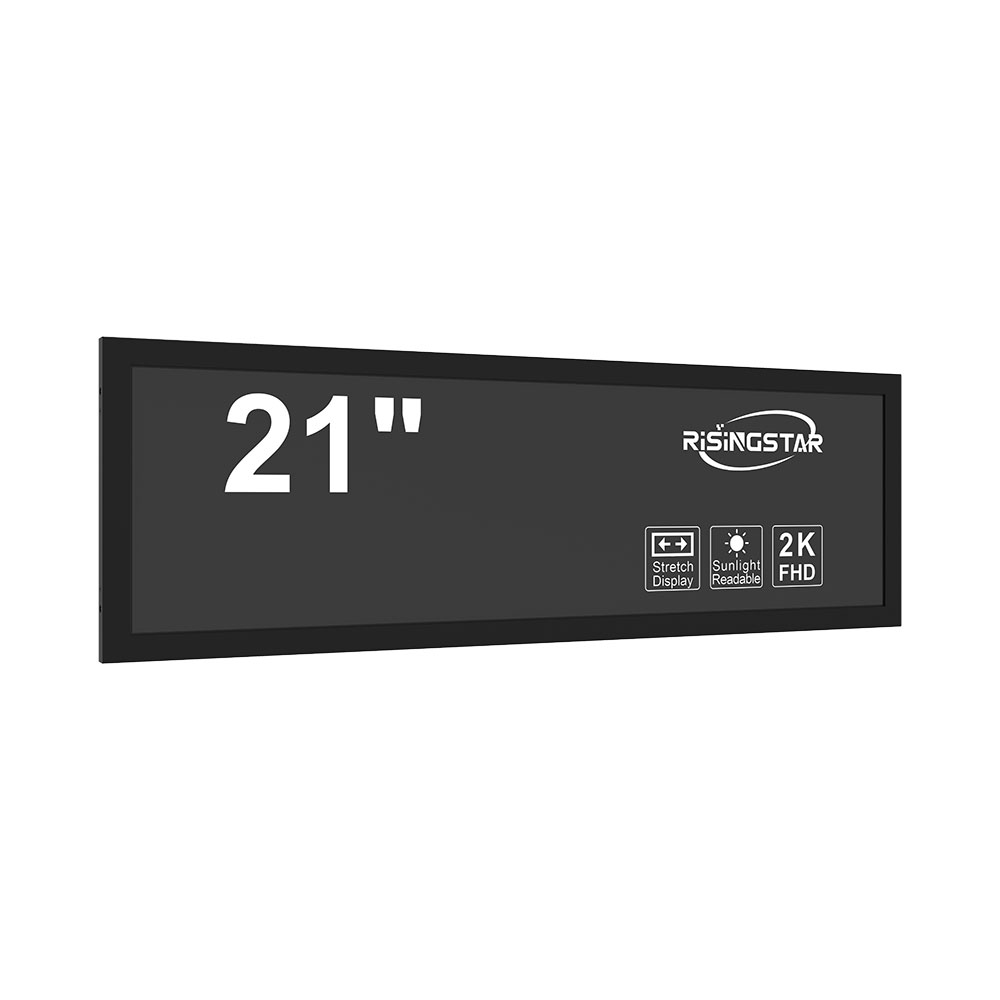- Home
- About Us
- Products
- News
- Video
- Contact
- Send Inquiry
Search
- Home
- About Us
- Products
- News
- Video
- Contact
- Send Inquiry

Outdoor LCD screens have become a cornerstone of modern urban infrastructure, transforming how cities communicate with residents and visitors. From digital billboards in Times Square to interactive kiosks in Tokyo subway stations, these high-brightness displays are essential for real-time information delivery, advertising, and public engagement. Unlike indoor LCDs, outdoor units must withstand extreme environmental conditions such as temperature fluctuations, humidity, UV exposure, and physical impact—making their design and engineering significantly more complex.
The main body of this discussion centers on three core aspects: technological innovations, real-world applications, and industry standards. First, modern outdoor LCDs utilize advanced LED backlighting, high-luminance panels (often exceeding 5,000 nits), and specialized anti-glare coatings to ensure visibility under direct sunlight. For instance, the use of local dimming technology in full-array LED backlights allows dynamic brightness adjustment per zone, improving contrast and energy efficiency. Additionally, IP65 or higher waterproof and dustproof ratings are now standard, ensuring reliability in rain or dusty environments—a critical requirement in regions like Dubai or Phoenix, where ambient temperatures regularly exceed 45°C.
Second, applications span across transportation, retail, public safety, and smart city initiatives. In London’s transport network, outdoor LCDs provide live train schedules and emergency alerts via integrated weather sensors and GPS modules. A case study from Singapore shows that bus stop displays with touch functionality increased commuter satisfaction by 37% over a 12-month period. Similarly, in Los Angeles, solar-powered outdoor displays reduce reliance on grid electricity while maintaining performance during peak sun hours—a move aligned with California’s clean energy goals.
Third, adherence to international standards ensures safety and interoperability. The International Electrotechnical Commission (IEC) 60068-2 series defines environmental testing protocols for temperature, humidity, vibration, and shock resistance. Furthermore, EN 60950-1 and UL 62368-1 certify electrical safety, while FCC Part 15 governs electromagnetic compatibility—ensuring these screens do not interfere with communication systems. Compliance with such standards is non-negotiable for deployment in regulated markets like the EU or North America.

In conclusion, outdoor LCD technology has matured into a highly engineered solution for urban communication challenges. With continued advancements in materials science, AI-driven content management, and sustainability-focused designs, these displays are set to play an even greater role in future smart cities. As cities grow denser and more connected, the demand for resilient, intelligent, and energy-efficient outdoor displays will only intensify—making them indispensable assets in global urban planning and digital transformation strategies.